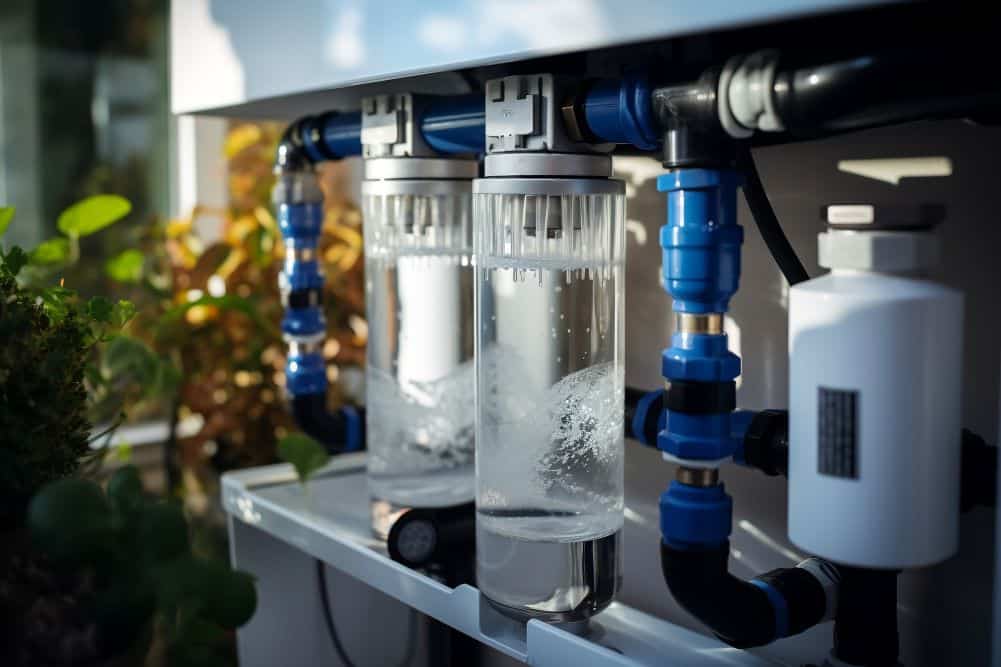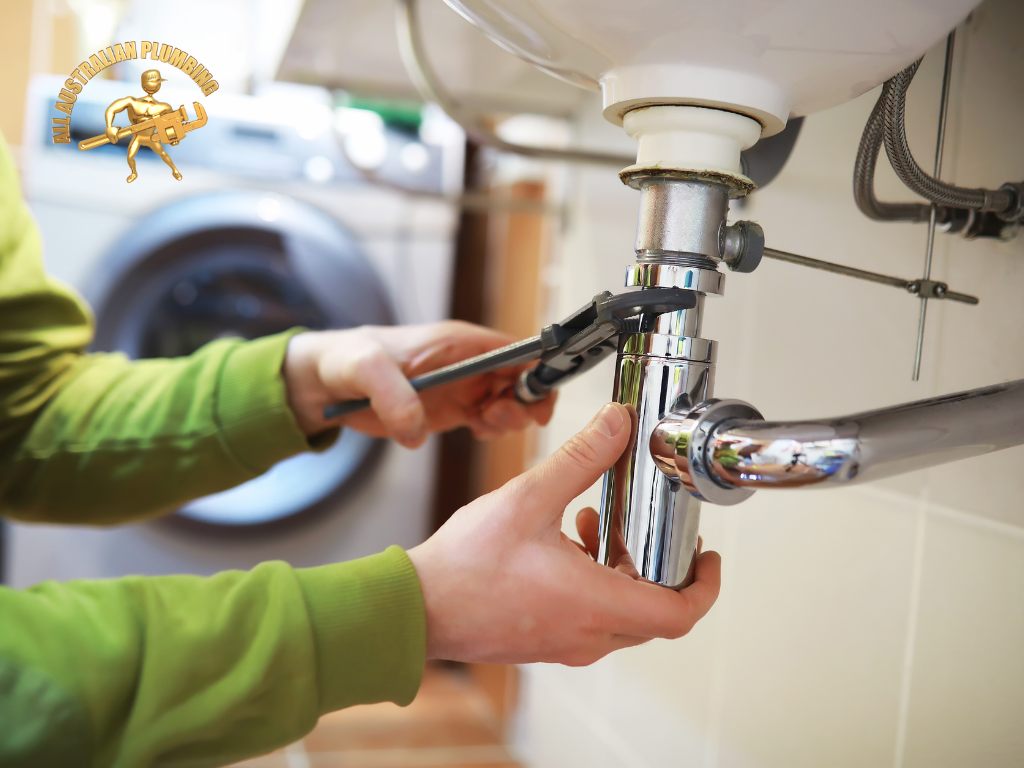Picking Sustainable Plumbing Materials: Advice for Eco-Conscious Homeowners
Picking Sustainable Plumbing Materials: Advice for Eco-Conscious Homeowners
Blog Article
We've found this great article pertaining to Plumbing Tips Sustainably Saving the Environment below on the internet and concluded it made good sense to talk about it with you on this site.

Think about the Product's Lifespan
Select plumbing products that offer toughness and longevity. Longer-lasting products mean fewer replacements, minimized waste, and lower lasting environmental effect. As an example, copper and stainless steel are both extremely durable and 100% recyclable, which assists minimize waste.
Assess the Production Process
Try to find products made through eco-friendly procedures. This includes products like actors iron or copper, which can be created with a reasonably low ecological impact compared to plastics that call for chemical-intensive manufacturing procedures.
Focus On Water Efficiency
Selecting water-efficient components, such as low-flow commodes, taps, and showerheads, is essential. These components reduce water usage, which not only reduces your water costs yet also reduces the energy eaten in water home heating and reduces the strain on sewage treatment centers.
Select Non-Toxic Products
Avoid materials that leach chemicals into the water system. Copper and PEX are usually safe, yet it's important to make sure that any kind of plastic parts do not contain hazardous chemicals like BPA or phthalates, particularly for drinking water lines.
Think About the Energy Required for Water Home Heating
Select pipes formats and products that decrease the energy needed for heating water. Shielding your hot water pipes and choosing effective system designs can dramatically decrease the energy utilized, hence reducing your home's overall carbon footprint.
Select In Your Area Sourced Products
Making use of locally sourced materials can minimize the carbon discharges connected with transportation. Additionally, supporting local companies assists advertise a lasting local economic climate.
Examine End-of-Life Disposal
Think about the recyclability and biodegradability of pipes materials. Metals like copper and steel are frequently recyclable, while some plastics and rubbers might not be, adding to land fill waste. Recognizing the lifecycle of the products you select can help in making an extra sustainable decision.
Search for Qualifications
Seek out products with environmental qualifications. Accreditations like EPA's WaterSense, GREENGUARD, or Cradle to Cradle (C2C) suggest that products fulfill rigid environmental criteria throughout their lifecycle.
Look For Recycled Web Content
Choose products which contain recycled material. Several steel plumbing items, like those made from copper and stainless-steel, commonly include a significant percent of recycled materials. PVC and PEX can likewise consist of recycled plastics, though their total ecological effect may be greater because of their manufacturing and disposal processes.
Conclusion
Choosing eco-friendly plumbing materials entails taking into consideration the toughness, recycled web content, manufacturing procedure, water and energy effectiveness, toxicity, sourcing, disposal, and accreditations of the items. By making informed selections, property owners can significantly minimize their ecological impact while making sure the efficiency and durability of their pipes systems.
What is eco-friendly and sustainable green plumbing?
The first things that pop in your mind when you hear eco-friendly living are recycling, gardening, or other, right? It may come to you as a surprise, but plumbing is another viable option to excel on the path of sustainability and reduce costs of living altogether.
Eco-friendly plumbing refers to the sum of approaches, techniques, and equipment used to minimise water consumption by investing in sustainable modifications. Green plumbing gives homeowners a chance to reduce the destructive disarray of the environment.
By consuming less water, you save the energy otherwise used for water requests out of the public grid for domestic or commercial properties. The choice of pipes, nontoxic fixtures, and gear all add to growing sustainability.
Green plumbing helps curb pollution, greenhouse gas emissions, and fossil fuel use, which in turn, reduces the rate of climate change and prevents a potential global catastrophe.
What are the advantages of green plumbing?
Water is a valuable resource (although most people take it for granted) that we must use mindfully.
With an increasing population and global warming, water is turning into a profitable asset as water consumption and servicing costs rise. If you wish to make a change and take part in the zero waste movement, an optimal way is to follow sustainable plumbing techniques and piping modifications.
By using less water, you help conserve natural sources and wetlands so entire municipal areas get enough water for daily needs. Being sustainable doesn’t break the bank and does not affect your daily routines.
Benefits of sustainable and eco-friendly green plumbing:
Minimises waste Decreases environmental impact Reduces water shortages Extends appliance usage How much does sustainable plumbing cost?
It is best to have a certified expert laying plastic or metal pipes so that your sustainable system works efficiently and meets plumbing standards.
Keep in mind the average cost to hire a professional plumber is anywhere between $90 to $130 per hour, with GST included.
Fortunately, if you choose to go minimum-waste, know that eco-friendly plumbing will cost you in the short-term. The initial costs add up, but when you think about the long-term advantages, the price is well worth the investment.
Bear in mind, all plumbing costs will rise in case of emergencies or during non-business hours.
Water waste facts
The average amount of water used by households is roughly 5 gallons (19 l) per household. Australians use an average of 26417 gallons (100,000 l) of water per person annually. We use around 2.64 to 4 gallons (10-15 l) per minute of water for regular showering. About 29 gallons (110 l) are daily used for baths. Roughly 2,9 gallons (11 l) of water usage comes from a single flush of the toilet. Washing your dishes by hand leads to 4 gallons (15 l) of water going down the drain. On average, it takes 47 gallons (180 l) to wash your car with a hose. Leaky pipes lead to daily water loss estimated at around 26 gallons (99 l) per day. Roughly a gallon (4 l) of water goes down the drain while brushing your teeth. A disregarded sprinkler can waste 246 gallons (931.21 l) of water per hour Examples of green plumbing and what they do
Low-flow toilets; Waterless urinals; Low-flow showerheads; Water-saving taps and faucets; Industrial pre-rinse spray valves; Greywater plumbing systems; Composting toilets; Rainwater harvesting; Rainwater toilets & washing machines; How water tanks work; Smart irrigation systems; Tankless water heaters; Solar hot water systems; Wastewater treatments. Low-flow toilets
Of all home appliances, toilets account for roughly 30% of the average household water consumption. A low-flow, high-efficient toilet reduces water consumption during flushes. New models use as low as 1,32 gallons (5 l) per flush while having the same level of performance.
The average Australian family can save up to 13 208 gallons (50 000 l) of water and roughly $130 off their water bill per year, by investing inefficient, and sustainable models.
Waterless urinals
A single waterless urinal can add up to 34 342 gallons (130 000 l) of water wastage avoided.
Low-flow showerheads
If you decide to go zero waste and replace your bath with the finest showerheads of optimal low-flow fixtures, you can save around $70 in utility bills and help conserve over 2641 gallons (10 000 l) of water annually.
Other options are pressure shower heads for low-pressure features, widespread rain fixtures, or integrated panel tower systems.
Water-saving taps and faucets
Average taps dispense between 37 and 72 gallons (10-20 l) which is way more than required. Similarly, a standard faucet runs water at a rate of roughly 8 l/minute, as opposed to high-efficiency taps which help reduce domestic water consumption between 30% and 80%.
A family of 4 can save up to $250 in water and electricity costs by investing in sustainable faucets. Learn more about the various bathroom equipment and accessories, such as pull-down or pull-out faucets, aerators, laundry fixtures, shower screens, and more.
Greywater plumbing systems
This sustainable investment conserves water already used for other washing activities, where the bathroom greywater tops the chart. You could repurpose it for fertilising through an irrigation system or even composting WC systems. Diverter installations can feed water to your garden autonomously via networks of underground hoses, thus making a difference on autopilot.
Rainwater harvesting
If you want to go an extra mile for the sustainability movement, think about rainwater harvesting. It means gathering rainfall in tanks to reuse.

I was made aware of that report about A greener guide to plumbing materials from a buddy on our other web property. For those who liked our page kindly do not forget to share it. Thank you for going through it.
Pricing Report this page